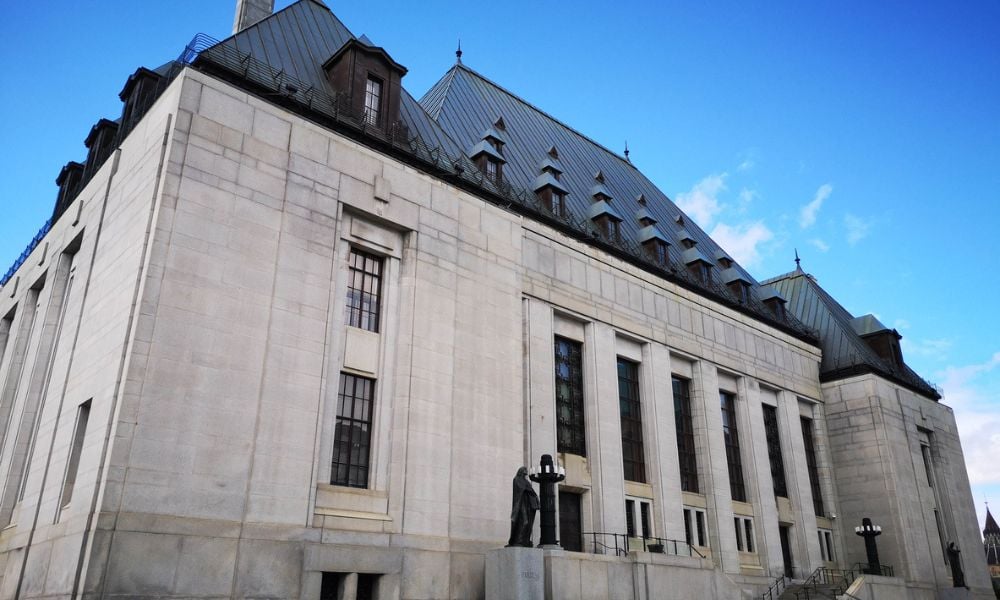SCC’s decisions in Free World Trust and Whirlpool, released in 2000, define this test

A recent Federal Court decision has clarified the proper approach for how the Commissioner of Patents should construe the essential claims of patent applications.
Choueifaty v. Canada (Attorney General), 2020 FC 837 involved a patent application initially filed in 2008 by the appellant, Yves Choueifaty, comprising 27 claims for an invention that was a “computer implementation of a new method for selecting and weighing investment portfolio assets that minimizes risk without impacting returns,” as described by Justice Russel Zinn of the Federal Court.
In 2016, the appellant amended these 27 claims following the patent examiner’s rejection of his initial application. A panel of the Patent Appeal Board members agreed with the patent examiner’s findings upon a preliminary review of the application. In 2018, the appellant submitted a set of 63 proposed claims.
The Commissioner of Patents declined to grant the application on the basis that the claimed patent fell outside the definition of “invention” under s. 2 of the Patent Act, RSC 1985, c P-4. The patent commissioner used the problem-solution approach under s. 13.05.02c of the Canadian Intellectual Property Office’s June 2015 Manual of Patent Office Practice.
The Federal Court, ruling in favour of the appellant, found that the patent commissioner had failed to apply the proper test when construing the essential claims of the patent application. Pursuant to s. 13.05 of the June 2015 Manual of Patent Office Practice, patent claims should be construed in the purposive manner taught in the cases of Free World Trust v. Électro Santé Inc., 2000 SCC 66 and Whirlpool Corp. v. Camco Inc., 2000 SCC 67.
However, footnote 126, attached to the second paragraph of s. 13.05 of the manual, clarified how the purposive construction to be used by patent examiners is different from how purposive construction was used in Free World Trust and Whirlpool. Footnote 126 stated that patent examiners should use purposive construction in objectively determining “what the person skilled in the art would, as of the date of publication of the patent application and on the basis of the particular words or phrases used in the claim, have understood the applicant to have intended to be the scope of protection sought for the disclosed invention.”
Zinn said that, while Whirlpool involved an impeachment proceeding and not a re-examination proceeding, the subsequent Federal Court of Appeal ruling in Canada (Attorney General) v. Amazon.com, Inc., 2011 FCA 328 stated that the patent commissioner should apply the purposive construction test in Whirlpool and Free World Trust. Amazon, like the present case, also involved the patent commissioner’s refusal to grant a patent.
For these reasons, the court set aside the patent commissioner’s decision and instructed her to again assess the application based on the claims submitted in 2018, using the correct approach this time.
In a bulletin on the decision, Borden Ladner Gervais wrote that “if the decision stands, it should result in CIPO realigning its practices with long-settled law on claims construction, resolving confusion and controversy dating back more than a decade.”










